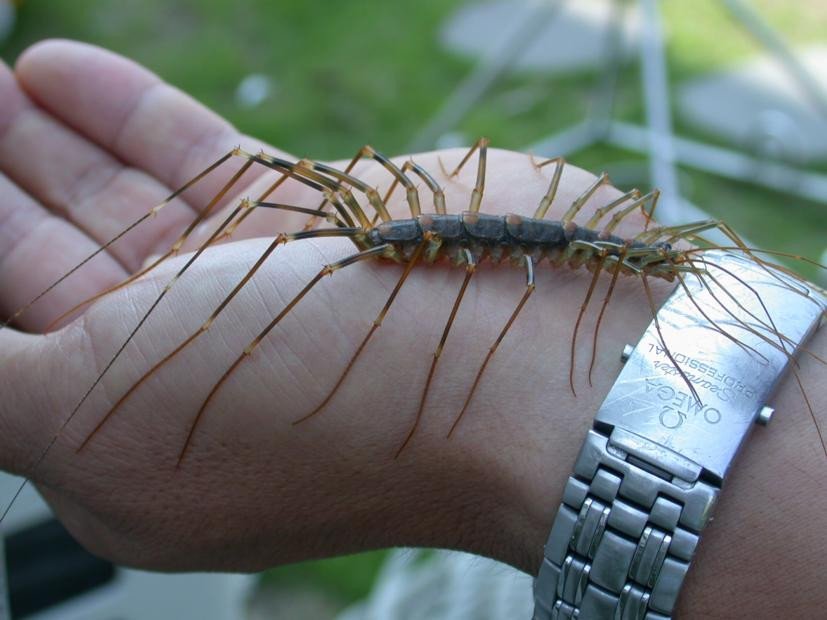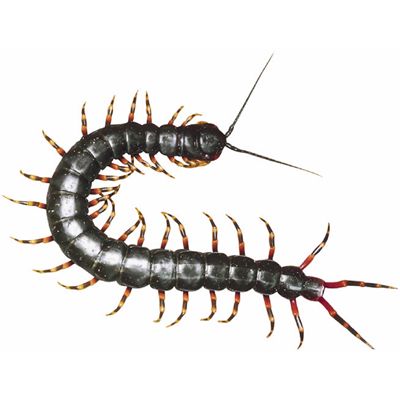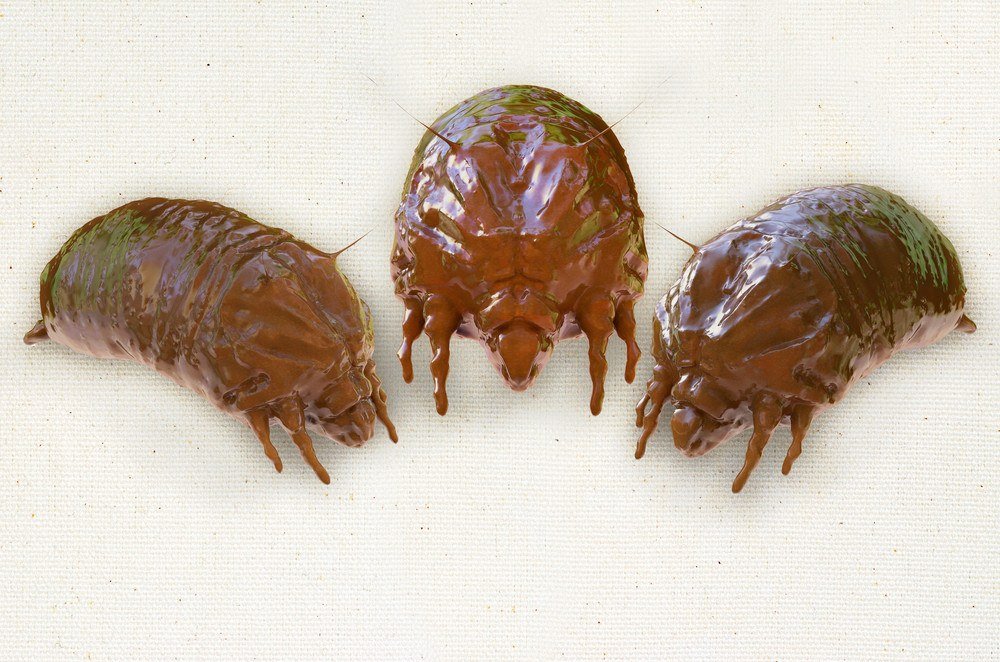Basic information about earwig
Reddish-brown colored and scary looking insect is known as Earwig. It belongs to the order Deraptera. There are almost two thousand species of earwig is present in the world. They have been divided into 12 different families and is one of the smallest insect orders found in the globe. These insects can be found all around the world except the Antarctica continent. They look considerably flat, elongated and frightening because of their unique feature. There are few myths about earwig roaming in people for an extended period, making people get scared. Here in this article, we will discuss all necessary details about earwig and the reality behind the myths.










